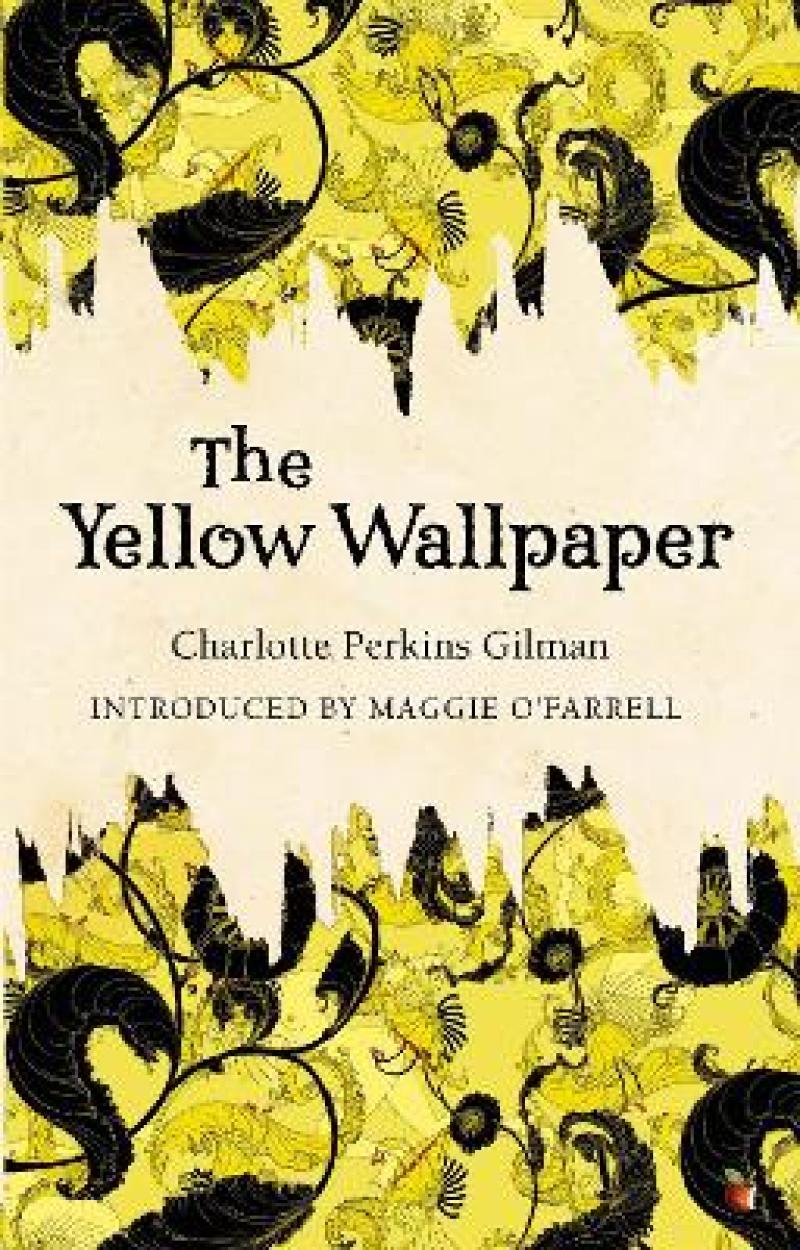Even if the themes being explored might seem irrelevant to you today and especially to such young audience, I can assure you that this is not the case
Guardian
A great work of literature, the product of a questing, burning intellect
- Maggie O'Farrell,
I loved it. I loved the unnerving, sarcastic tone, the creepy ending, the clarity of its critique of the popular nineteenth century
Paris Review
INTRODUCED BY MAGGIE O'FARRELL
'A great work of literature, the product of a questing, burning intellect' MAGGIE O'FARRELL
'Even if the themes being explored might seem irrelevant . . . this is not the case' GUARDIAN
'I loved the unnerving, sarcastic tone, the creepy ending' PARIS REVIEW
Based on the author's own experiences, The Yellow Wallpaper is the chilling tale of a woman driven to the brink of insanity by the 'rest cure' prescribed after the birth of her child. While she is isolated in a crumbling mansion, in a room with bars on the windows, the tortuous pattern of the yellow wallpaper winds its way into the recesses of her mind.
Charlotte Perkins Gilman was America's leading feminist intellectual of the early twentieth century and a brilliant writer, editor and speaker. The Yellow Wallpaper is her masterpiece.
